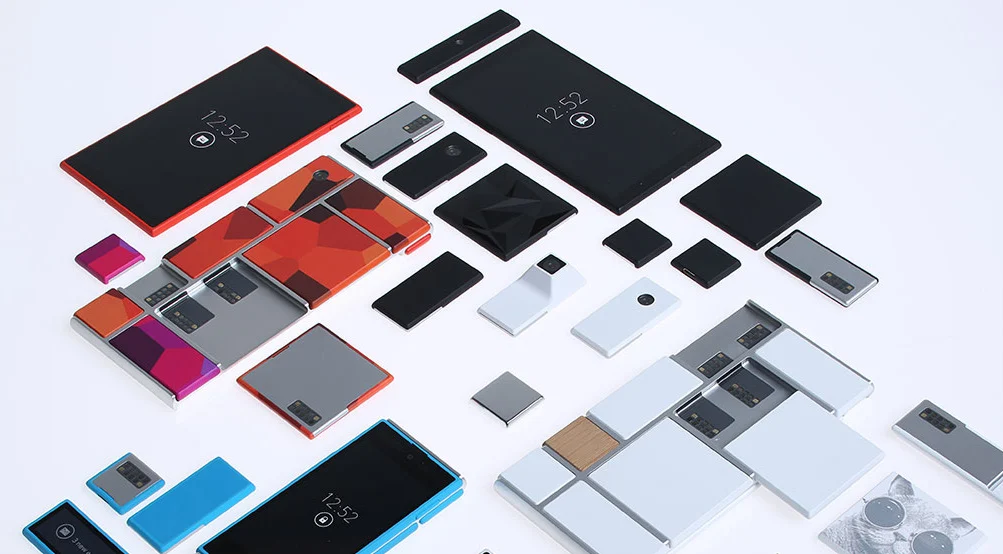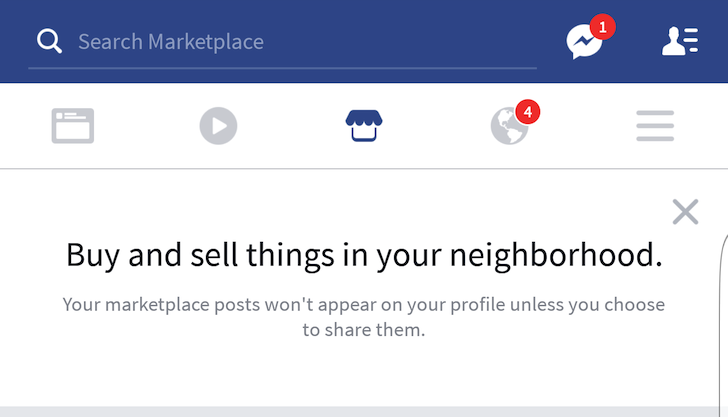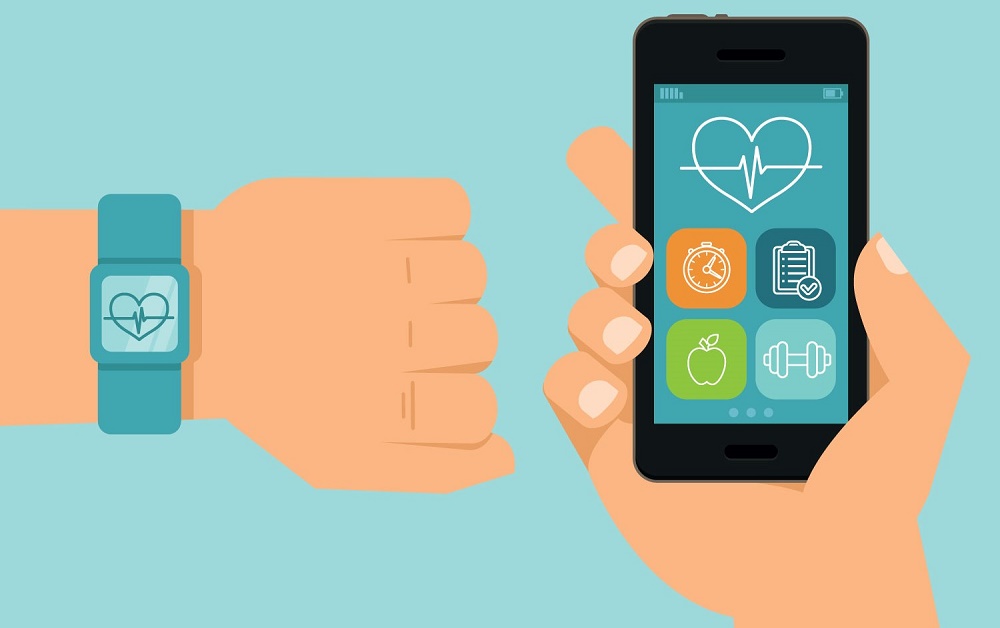Earlier this month, a technology columnist of the New York Times wrote a critical article about the industry of smartphones. Especially, he dived into the sustainability of smartphones and its priority in the industry. Spoiler: not very sustainable, not a priority.
The introduction of smartphones was a major disruption of the phone, computer and software market. Since the historical announcement of the first iPhone by Steve Jobs in 2007, smartphone producers release a line of new phones every year, gradually improving performance. Smartphones, however, are not designed to last more than two, three years. Most are hard and expensive to repair, and software and security is only supported for a finite amount of time. The main reason for this is the conflict of interests of durability of smartphones, which is coupled to sustainability, and the business model of producers. Producers want you to buy their new models every year to maximize profits.
Focused on the durability and sustainability issue, multiple startups have been founded that aim to produce modular smartphones. The idea is that broken or outdated parts can easily be replaced instead of buying a new phone, wasting rare and valuable resources. An example is Phoneblocks. This Dutch startup initiated a successful online campaign in 2013 to spread its message, after which it collaborated with Motorola (later Google). Sadly, the project was cancelled in 2016 being “too ambitious and costly to make modular phones a reality”. The project had to overcome multiple technical barriers, and the production of modular parts on a relative small scale without diverse efficient manufacturers was expensive and complex.
Another Dutch startup, however, Fairphone, proved the viability of modular phones. The company also was founded in 2013, but had never been acquired by a multinational technology company. The latest model, the Fairphone 3+, is received well by critics. While price/quality wise it is not the best phone on the market, it differentiates itself on sustainability and durability.
Yet, the modular phone can not disrupt the market without the support of the major technology manufacturers that could improve production efficiency. The current throw-away society, however, seems too profitable for them to provide this support. Due to our capitalistic society and the power of multinationals, it is doubtful whether the modular phone ever makes its way to becoming the standard.
Sources:
Chen, B. X. (2022, September 8). A Smartphone That Lasts a Decade? Yes, It’s Possible. The New York Times. Retrieved September 21, 2022, from https://www.nytimes.com/2022/09/08/technology/personaltech/smartphone-lasts-decade.html
Statt, N. (2016, September 2). Google confirms the end of its modular Project Ara smartphone. The Verge. Retrieved September 21, 2022, from https://www.theverge.com/2016/9/2/12775922/google-project-ara-modular-phone-suspended-confirm








